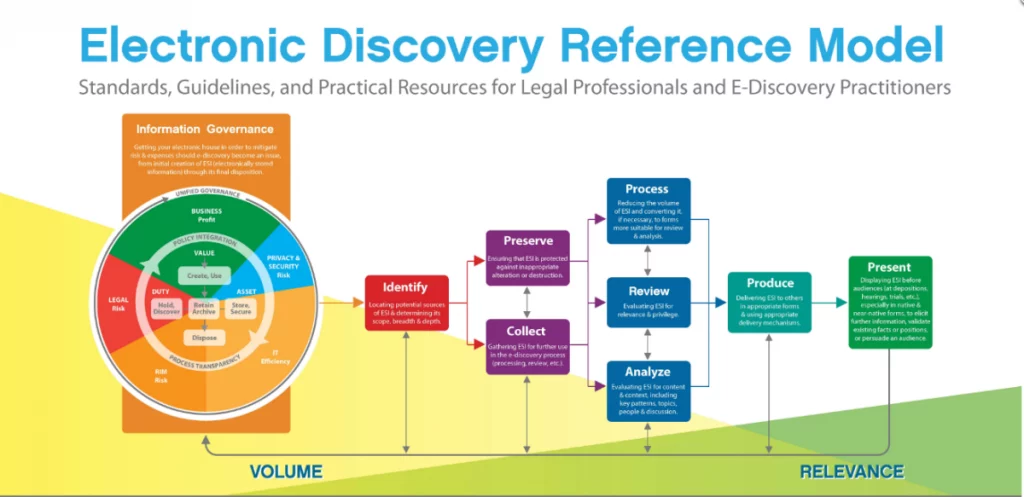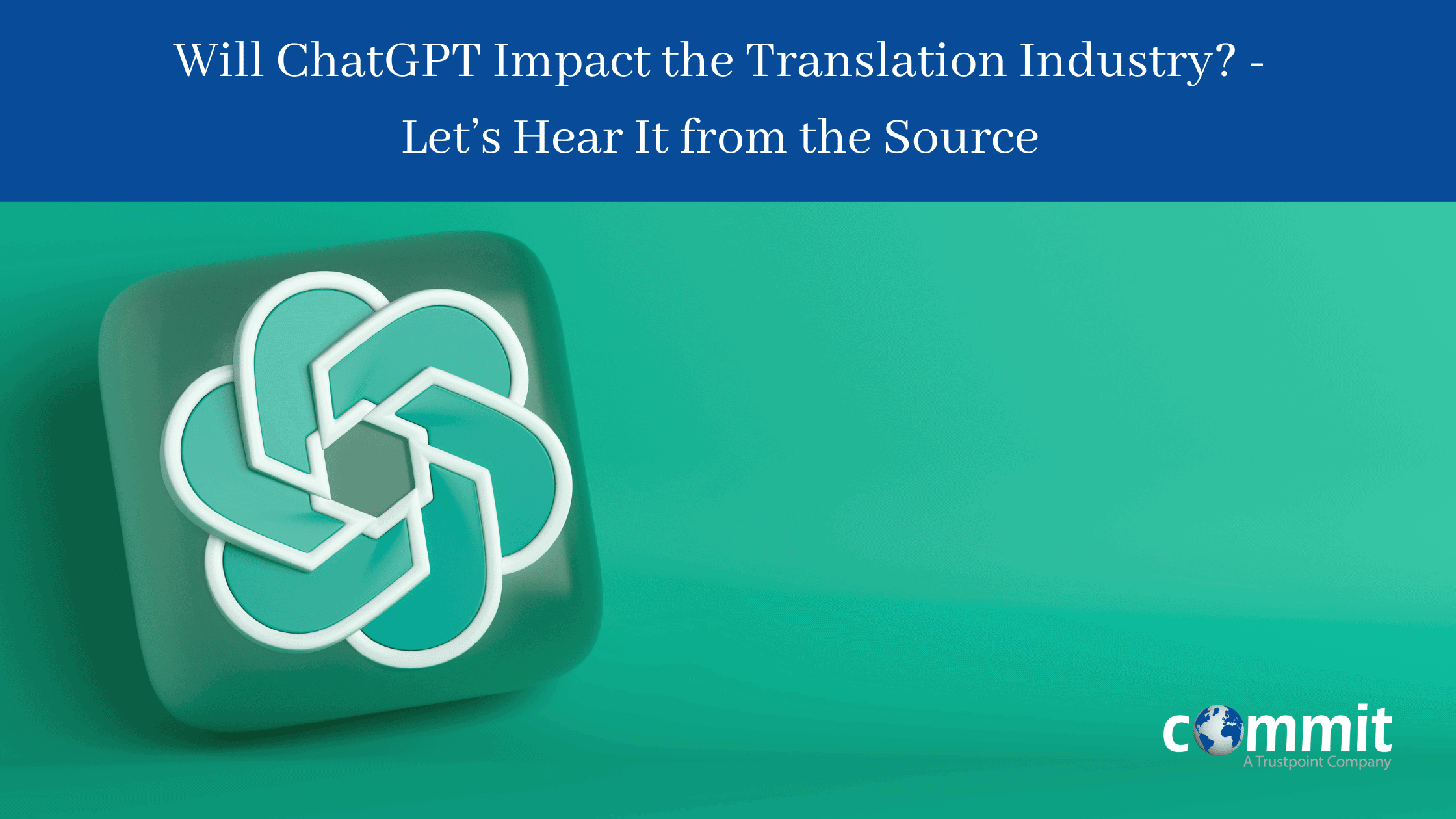|
Listen to Post
|
Listen to this article now:
eDiscovery is a legal technology niche with vast applications.
At its broadest, eDiscovery is the process that governs the exchange of data. Here’s my favorite example:
When you see the FBI conduct a raid and walk out with computers, USB hard drives, cell phones, and boxes of paper – all that stuff needs to go where attorneys and investigators can look at it safely to make their cases. The collection, extraction, review, and presentation of those data are the foundations of the eDiscovery process.
When Are eDiscovery Services Needed?
While eDiscovery is commonly associated with legal disputes and investigations, its utility extends beyond such contexts. eDiscovery tools are also valuable for addressing other organizational needs that require the identification and review of data.
Here are a few common examples of situations where these processes and tools come into play:
-
- Litigation: In civil lawsuits, the eDiscovery process helps identify and preserve relevant electronically stored information (“ESI”) that may be used as evidence in court.
-
- Internal Investigations: In matters like workplace harassment, fraud, or compliance violations, these tools help uncover the truth – even if the data will never be exchanged.
-
- Regulatory Investigations: In highly regulated industries, government bodies and agencies may require data submissions from organizations to investigate alleged violations of laws or rules.
-
- Mergers and Acquisitions: Due diligence during the acquisition process also relies on eDiscovery tools to identify and assess the potential risks and liabilities associated with the target company.
-
- Criminal Proceedings: Digital forensics often result in ESI that is highly relevant to the facts at issue and which tends to prove or disprove charges against defendants.
How Does the eDiscovery Process Work?
The eDiscovery process helps parties identify, collect, review and present relevant ESI efficiently, cost-effectively, and in compliance with relevant laws and rules of discovery.
But there’s no “One Way” eDiscovery works. The EDRM (eDiscovery Reference Model) provides a convenient template that maps out the process.

Note that eDiscovery is not the seemingly linear process represented by the EDRM image above. It’s more like the board game “Chutes and Ladders”, where every data set is a player, and some steps send you backward (sometimes to square one!) or jump you forward before you’re ready. For example, Evidence Item 1 may be through the production stage, with some ESI produced to the other side. However, Evidence Items 2 and 3 are in Review, and Evidence Items 4 through 12 are in forensic containers awaiting the go-ahead from the case team before incurring costs by putting it into the process.
Identification
The first step in the eDiscovery process is identifying relevant ESI. This usually means identifying the people involved in a matter and the systems and locations where relevant data are stored. This can be the most critical step in the process because it sets the initial scope of discovery and expectations for cost, duration, participants, and required resources.
Preservation and Collection
Here, an organization takes steps to ensure that the identified ESI is not altered or destroyed – there can be dire consequences for data spoliation. In this stage, preservation means pausing data purge cycles and ensuring that the people whose data are in scope and on legal hold cannot delete data. Collecting those data means replicating data from email systems, file servers, cloud storage, and other devices/services using specialized tools and techniques to maintain the ESI in its original form.
Processing
After the ESI has been collected, eDiscovery-specific software will process the data, extracting metadata, text, and attachments, as well as removing duplicates, normalizing data formats, and exporting the data into a reviewable and searchable format.

Review
The processed ESI is then reviewed by eDiscovery professionals to determine its responsiveness to requests for production, privilege, and probative value. This process often involves experienced review attorneys making legal determinations of responsiveness and privilege for documents on a secure, web-based database. More advanced eDiscovery processes employ sophisticated analytics to identify patterns in communications, and sentiment in the language. And artificial intelligence can help prioritize the review of documents most likely to be responsive, privileged, or probative.
Production
Once the relevant ESI has been reviewed and deemed responsive and not privileged, it is then produced in accordance with the relevant stipulations, laws, and formatting rules governing the matter.
Presentation
The final step in eDiscovery is the ultimate goal of the process: to present evidence as the basis for obtaining a verdict, as a tool in negotiation, or to accelerate a resolution to a matter.
The specific steps and methods used can modify the eDiscovery process and tools needed. The nature of the legal matter, as well as its relevant data volume and procedural/jurisdictional/technological complexity, will factor into the tools and process needed.

Why Is eDiscovery Important?
eDiscovery is often a legal obligation in the context of litigation or regulatory investigations. There’s no way around it. Organizations must preserve and produce relevant ESI in accordance with governing laws and rules because failure to comply with these obligations can result in monetary sanctions, fines, reputational damage, and even worse penalties.
Preventing issues from becoming litigations and/or investigations is another benefit of the eDiscovery process and tools. By leveraging eDiscovery technologies like artificial intelligence, organizations can identify and address issues before they can lead to legal liability.
It’s also worth noting that reputation damage and legal spend related to eDiscovery missteps can be significant. With an efficient eDiscovery process, organizations can defend themselves better and faster, resolving legal and regulatory disputes. Efficient eDiscovery also reduces costly legal services, like collecting too much data and the manual review of large datasets.
eDiscovery Translation Services for Organizations with a Global Footprint
Organizations operating in multiple regions or countries may face the challenge of dealing with ESI in different languages during the eDiscovery process. The translation of such ESI becomes essential for effective use and understanding of relevant ESI. In such cases, eDiscovery translation services can prove highly valuable.
eDiscovery translation services can help organizations translate relevant ESI in a manner that is efficient, cost-effective, and compliant with the relevant laws and regulations. The use of professional translation services can help ensure that the translated ESI accurately reflects the content and meaning of the original ESI, and can help avoid potential legal challenges related to the accuracy of the translation.

Take Control of Your Data with the Help of Experts
The eDiscovery process is an essential tool for organizations seeking to mitigate the risks and costs associated with using ESI. It helps organizations comply with their legal obligations, protect against legal risks, facilitate the resolution of legal disputes, save costs, and improve organizational efficiency.
And if the organization has a global presence, then eDiscovery translation services can help ensure that relevant ESI is accurately translated and effectively used in the context of legal proceedings and investigations.
Need eDiscovery services? Feel free to contact our Trustpoint.One team of experienced and friendly professionals for reliable eDiscovery services. They are committed to providing you with a hassle-free and seamless experience, allowing you to confidently navigate the legal realm in any language.
Commit Global is a division of Translate.One, a Trustpoint company. Trustpoint is one of the largest integrated legal services companies in the US and delivers innovative business and legal solutions to leading law firms, corporations and government agencies worldwide.








